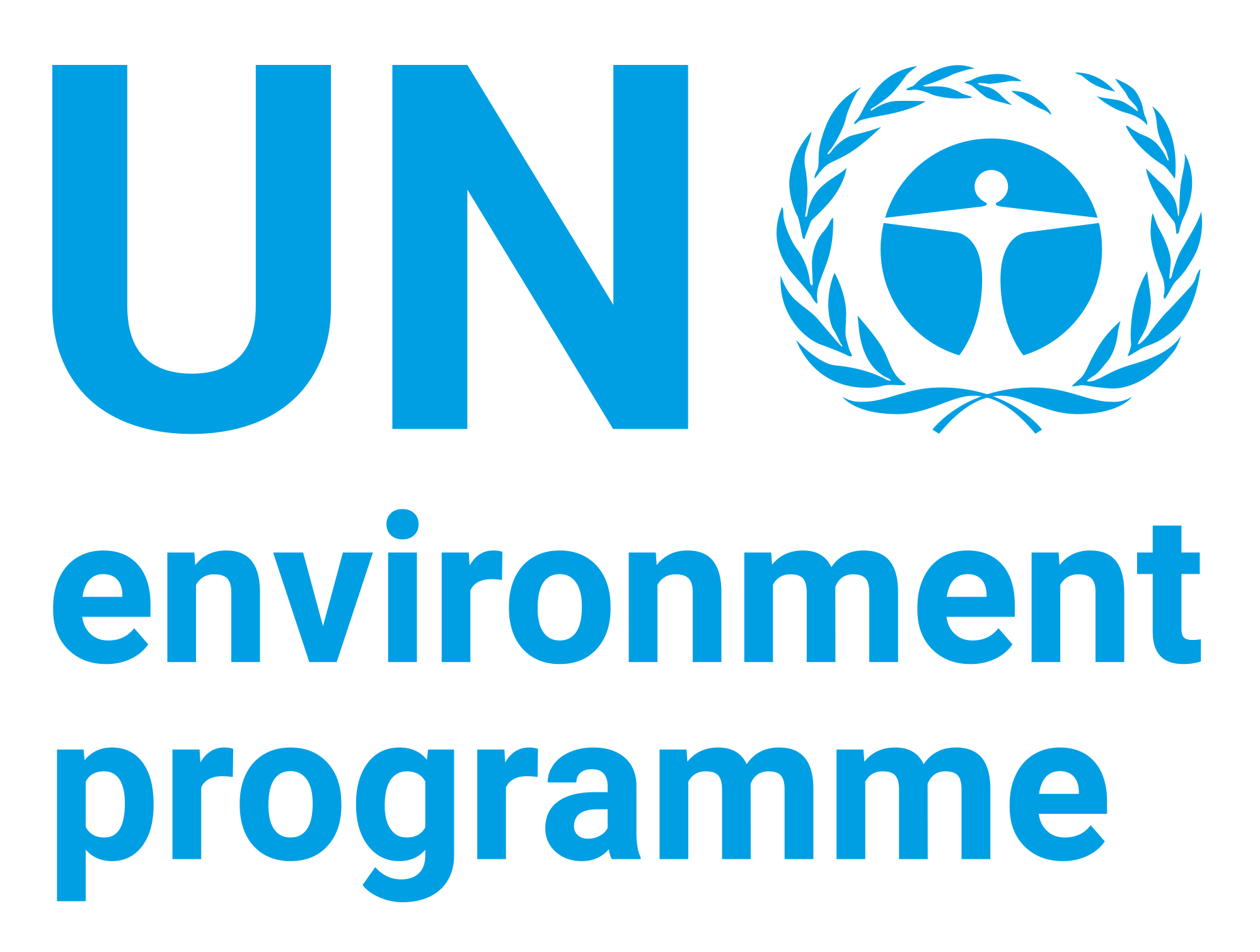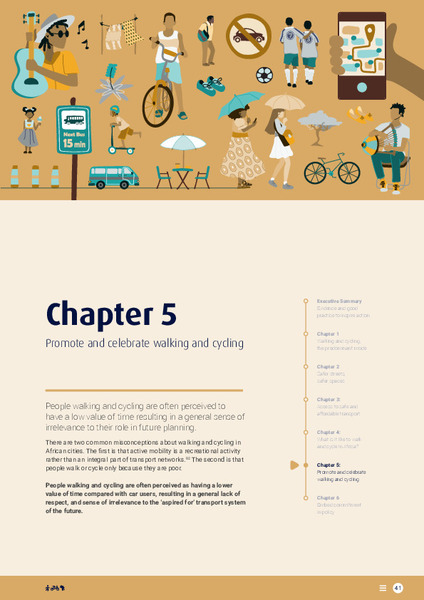| dc.contributor | Economy Division | en_US |
| dc.contributor | Africa Office | en_US |
| dc.contributor.author | United Nations Environment Programme | en_US |
| dc.contributor.author | United Nations Human Settlements Programme | en_US |
| dc.contributor.other | WALK21 | en_US |
| dc.coverage.spatial | Africa | en_US |
| dc.date.accessioned | 2022-05-31T08:38:11Z | |
| dc.date.available | 2022-05-31T08:38:11Z | |
| dc.date.issued | 2022-06 | |
| dc.identifier.uri | https://wedocs.unep.org/20.500.11822/40076 | |
| dc.description | People walking and cycling are often perceived a low value of time resulting in a general sense of irrelevance to their role in future planning. There are two common misconceptions about walking and cycling in African cities. The first is that active mobility is a recreational activity rather than an integral part of transport networks.92 The second is that people walk or cycle only because they are poor. People walking and cycling are often perceived as having a lower value of time compared with car users, resulting in a general lack of respect, and sense of irrelevance to the ‘aspired for’ transport system of the future. | en_US |
| dc.format | Text | en_US |
| dc.language | English | en_US |
| dc.relation | Walking and Cycling in Africa: Evidence and Good Practice to Inspire Action | en_US |
| dc.relation.ispartof | Walking and Cycling in Africa: Evidence and Good Practice to Inspire Action | en_US |
| dc.rights | Public | en_US |
| dc.subject | sustainable transport | en_US |
| dc.subject | cycling | en_US |
| dc.subject | walking | en_US |
| dc.subject | Africa | en_US |
| dc.title | Chapter 5. Promote and Celebrate Walking and Cycling | en_US |
| wd.topics | Climate Action | en_US |


